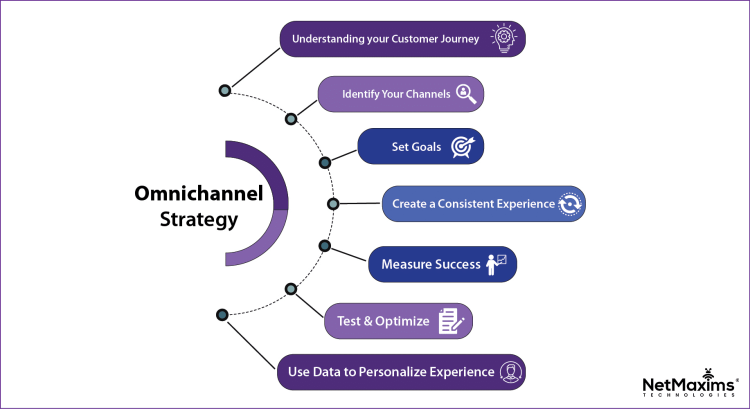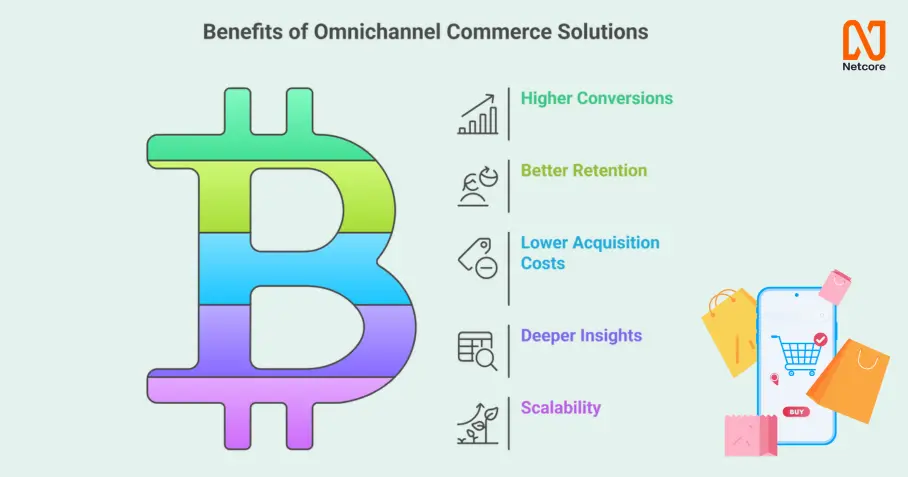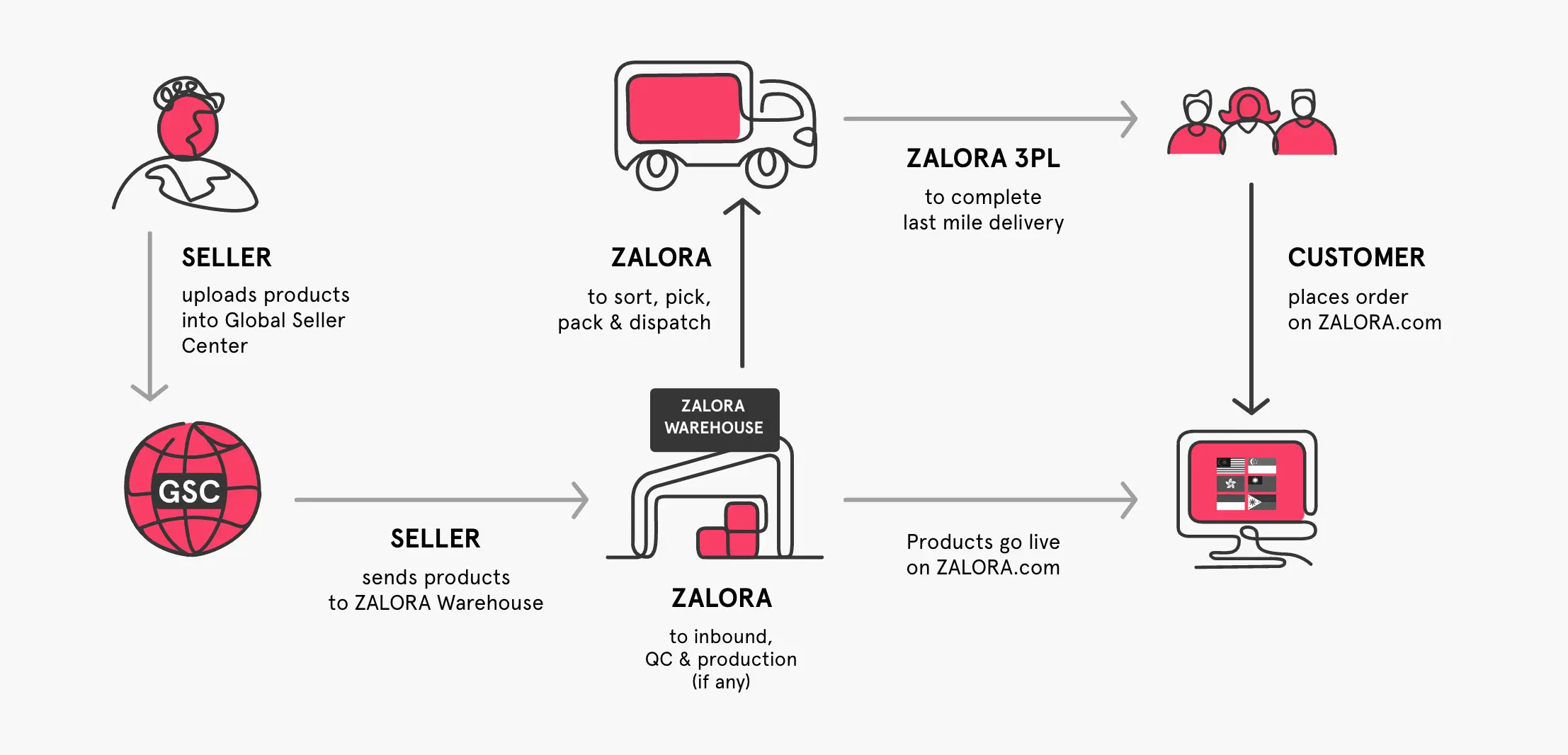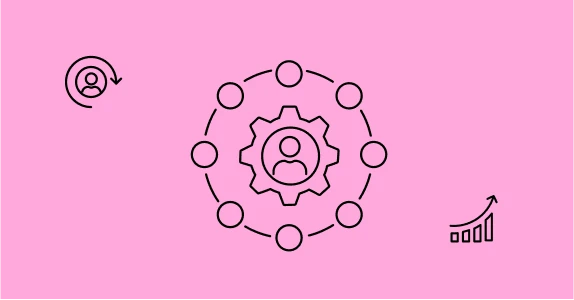TL;DR: Omnichannel Ecommerce 2025
- Definition: Omnichannel ecommerce integrates all digital and offline touchpoints into one seamless customer journey.
- Key characteristics: Unified data, personalization at scale, consistent experiences, and cross-channel flexibility.
- How it works: Collect and unify customer data, map journeys, orchestrate campaigns, and optimize continuously.
- Benefits: Higher conversions, stronger loyalty, lower acquisition costs, and deeper customer insights.
- Examples: Flipkart, Zalora, Caratlane, and Max Fashion use omnichannel ecommerce strategies to boost engagement and retention.
- Platforms: Omnichannel ecommerce platforms with CDPs, AI personalization, and automation are essential for scale.
- Future trends: AI-driven personalization, AR/VR shopping, voice commerce, and first-party data strategies will dominate 2025.
Let’s be honest: ecommerce isn’t getting any simpler. Ten years ago, you could launch a Shopify store, run a few Facebook ads, and call it a day. Today, your customers don’t just shop—they jump between Instagram, Google, your app, WhatsApp notifications, and maybe even a physical pickup point before deciding to buy. That’s why omnichannel ecommerce matters. It’s not a shiny buzzword or another “growth hack.” It’s a fundamental shift in how ecommerce brands create and capture value. Instead of thinking in silos (email vs. social vs. app), omnichannel ecommerce connects every touchpoint into a single, cohesive experience.
Here’s the kicker: this isn’t just about customer experience—it’s about ROI. Brands that get omnichannel right see:
- Higher conversion rates (because buying becomes frictionless)
- Stronger retention (because customers feel understood everywhere)
- Better insights (because you’re tracking journeys holistically, not channel by channel)
In this article, we’ll break down what omnichannel ecommerce is, its benefits, real-world examples, and the trends shaping 2025. By the end, you won’t just understand the term—you’ll know how to use it to drive measurable growth.
What Is Omnichannel Ecommerce?
Omnichannel ecommerce is the integration of all your digital and physical channels to deliver a seamless shopping experience.
Unlike traditional ecommerce (which lives mostly online), omnichannel ecommerce ensures that customers can start their journey on one channel and continue it on another without friction.
Example: A shopper might discover a product via Instagram, add it to their cart on your mobile app, and complete the purchase at a physical store—all while getting consistent recommendations, discounts, and loyalty benefits.
In short, omnichannel ecommerce is the bridge between online convenience and offline experience.
Key Characteristics of an Omnichannel Ecommerce Strategy

A true omnichannel ecommerce strategy is customer-first, connected, and personalized.
Here are the defining traits:
- Channel Integration – Web, app, in-store, and marketplaces work as one system.
- Single Customer View – Unified data across channels provides a 360° view of the shopper.
- Personalization at Scale – Tailored offers, content, and recommendations powered by AI.
- Consistency – Same brand experience across all touchpoints.
- Flexibility – Customers choose how and where to engage, pay, or collect orders.
Without these pillars, ecommerce becomes fragmented—and customers notice. You can check out the in-depth article on omnichannel strategy.
How Ecommerce Omnichannel Works in Practice
Omnichannel ecommerce works by connecting customer data, marketing, and operations into a single ecosystem.
The process looks like this:
- Data Collection: Gather customer behavior from web, app, social, in-store, and third-party platforms.
- Unification: Store it in a Customer Data Platform (CDP) for a single customer profile.
- Journey Mapping: Understand how customers move between channels.
- Orchestration: Automate campaigns across email, WhatsApp, push, SMS, and in-store screens.
- Optimization: Use analytics to refine conversion paths and improve personalization.
Example: Amazon does this exceptionally well—your search, browsing, and purchase history sync across Alexa, app, desktop, and even offline stores.
Benefits of Omnichannel Commerce Solutions for Businesses

Omnichannel commerce solutions boost revenue, loyalty, and efficiency.
Key business benefits include:
- Higher Conversions: Customers guided across channels convert 20–30% more.
- Better Retention: Seamless journeys strengthen loyalty and repeat purchases.
- Lower Acquisition Costs: Unified campaigns maximize ROI on spend.
- Deeper Insights: Cross-channel data reveals patterns you’d miss in silos.
- Scalability: Automation reduces manual work, letting you launch campaigns faster.
The ROI is clear: brands using omnichannel solutions often see 20% revenue uplift and significant improvements in CLV.
Choosing the Right Omnichannel Ecommerce Platform
The right omnichannel ecommerce platform should unify data, enable personalization, and integrate with your existing stack.
Features to look for:
- Customer Data Platform (CDP): Single view of the customer.
- AI Personalization: Predictive product recommendations and behavioral nudges.
- Journey Orchestration: Automated workflows across all channels.
- Marketing Automation: Email, push, SMS, WhatsApp, and in-app messages.
- Analytics Dashboard: Real-time performance tracking.
Platforms like Netcore provide omnichannel ecommerce solutions that combine AI-driven personalization, journey orchestration, and multi-channel automation—helping brands scale quickly without added complexity. Know the top omnichannel marketing platforms here.
Ecommerce Omnichannel Examples and Winning Strategies

Leading ecommerce brands already prove how powerful omnichannel can be.
Some examples of ecommerce and omnichannel done right are as follows:
- Flipkart: Unified WhatsApp promotions and app campaigns drive massive festive engagement.
- Zalora: Real-time inventory syncing ensures stock visibility across app and stores.
- Caratlane: “Try at Home” blends online browsing with physical consultations.
- Max Fashion: Personalized push notifications drive higher conversions and repeat visits.
The strategy is simple: connect channels, personalize at scale, and remove friction.
The Future of Omnichannel Ecommerce: Trends for 2025 and Beyond
The future of ecommerce omnichannel will be AI-first, immersive, and privacy-led.
Emerging trends include:
- Hyper-Personalization with AI: Predictive offers, 1:1 recommendations.
- AR/VR Commerce: Virtual try-ons and immersive showrooms.
- Voice Shopping: Growth of Alexa, Google Assistant, and voice-activated purchases. Know more from Voice Commerce Market report.
- First-Party Data Focus: Privacy regulations push brands to rely on owned data.
- Sustainability-Driven Journeys: Eco-friendly omnichannel campaigns win customer trust.
The takeaway? Omnichannel ecommerce isn’t just evolving—it’s shaping the future of retail itself.
Final Take: Why Omnichannel Ecommerce Matters
Omnichannel ecommerce isn’t just a strategy—it’s the growth engine for 2025 and beyond.
- Boost conversions: Seamless journeys reduce friction and increase purchase rates.
- Build loyalty: Connected, personalized experiences keep customers coming back.
- Improve ROI: Unified data and AI-powered personalization drive smarter decisions and higher returns.
The reality is simple: customers don’t think in channels—they think in experiences. Every day you delay adopting an omnichannel ecommerce strategy is a missed opportunity to win lifetime value and outpace competitors.
The bottom line: Start integrating, personalizing, and optimizing today—because the brands that connect every touchpoint will own the ecommerce game in 2025.
 Holiday Sales Are Won Now — Grab the 2025 Holiday Marketing Guide to Unlock More Revenue.
Holiday Sales Are Won Now — Grab the 2025 Holiday Marketing Guide to Unlock More Revenue. 













